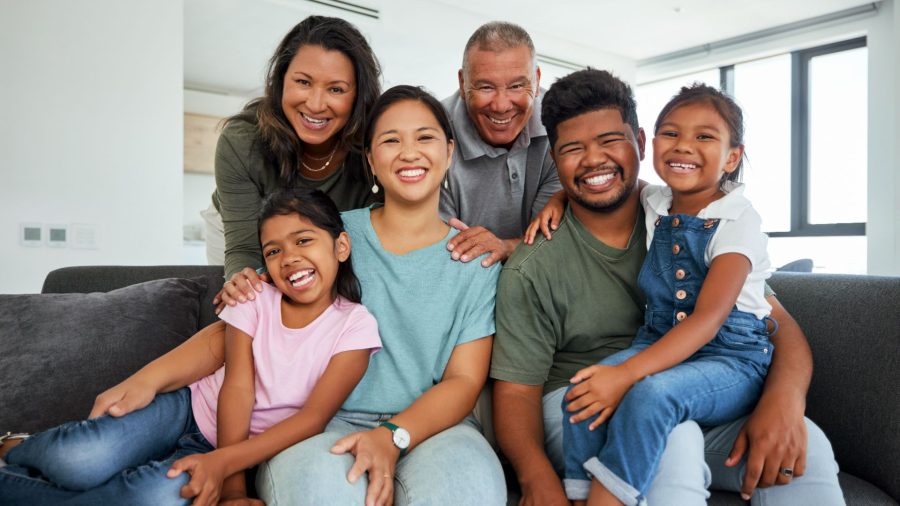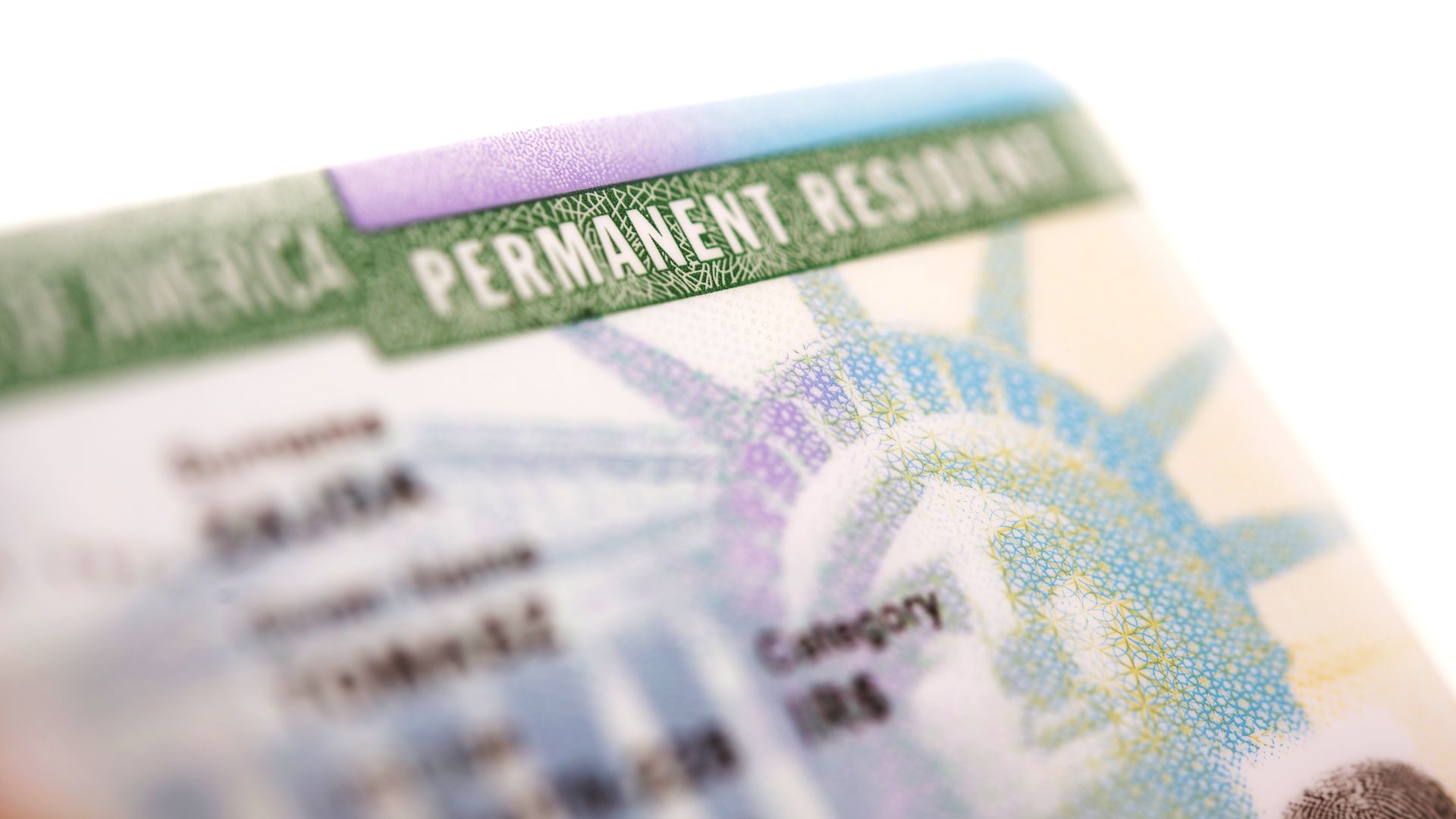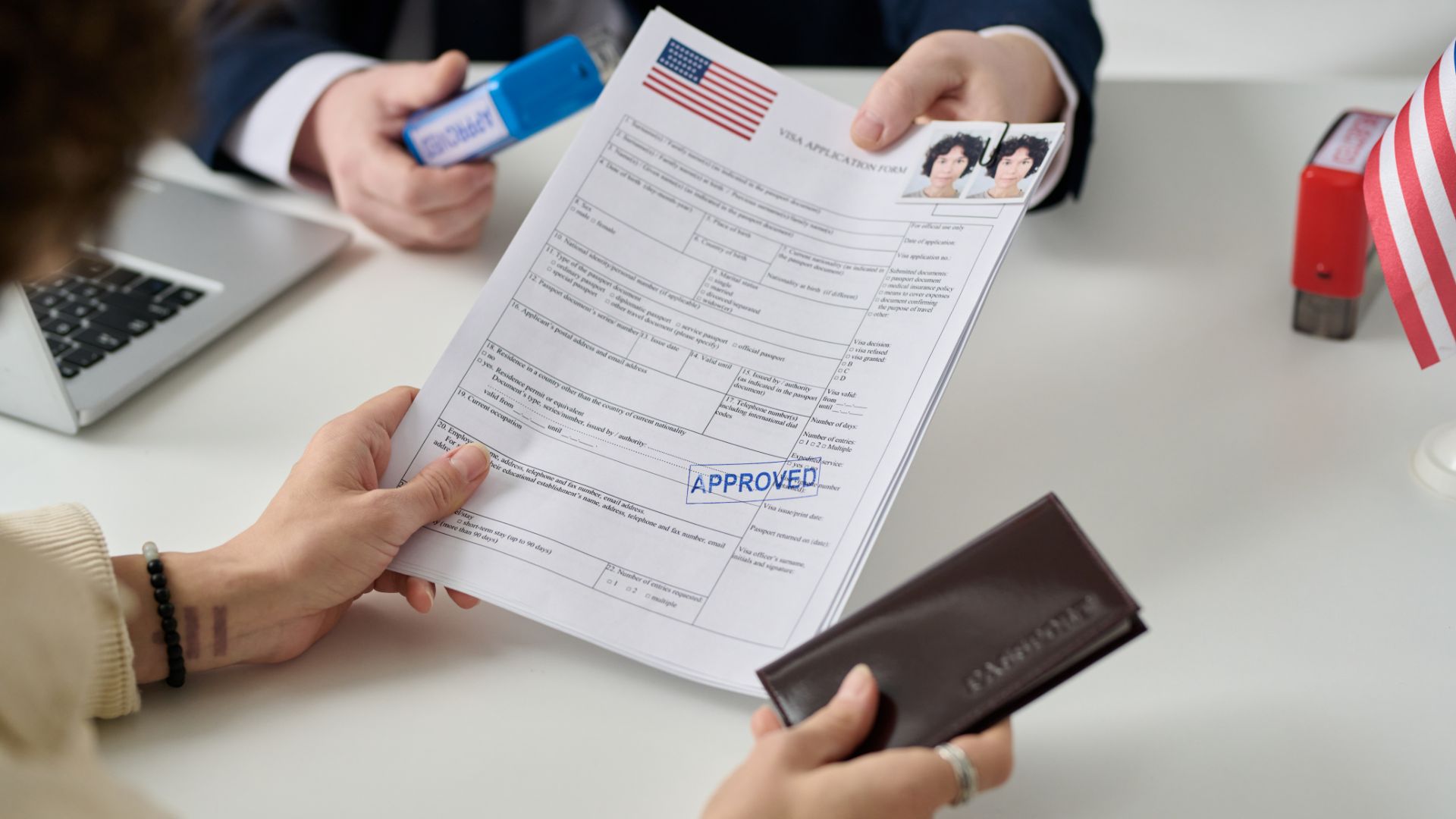The U.S. immigration system can be complex, especially when trying to reunite with loved ones. Form I-730 plays a crucial role in this process for refugees and asylees, officially known as the Refugee/Asylee Relative Petition. If you have been granted asylum or refugee status in the U.S., this form allows you to petition for certain family members to join you. In this guide, we’ll explore everything you need to know about Form I-730, including who qualifies, the application process, common challenges, and how a trusted immigration law firm can assist you in reuniting with your family.
What is Form I-730?
Form I-730 is a U.S. Citizenship and Immigration Services (USCIS) form used by individuals who have been granted asylum or refugee status in the U.S. to request that specific family members be allowed to join them in the United States. It is also known as the Refugee/Asylee Relative Petition and can be filed for the petitioner’s spouse or unmarried children under the age of 21.
This form is an important mechanism that helps maintain family unity for those who have been forced to leave their home countries due to persecution or other serious dangers.
Key Points About Form I-730:
- Eligibility: Only individuals granted asylum or refugee status in the U.S. can file this petition.
- Beneficiaries: The form can only be used to petition for a spouse or unmarried child under 21 years old.
- Timeframe: You must file Form I-730 within two years of receiving asylum or refugee status, although exceptions can be made under certain circumstances.
- Fee: There is no filing fee for Form I-730, making it more accessible for refugees and asylees.
Who Can File Form I-730?
To file Form I-730, you must have been granted one of the following:
- Refugee status under Section 207 of the Immigration and Nationality Act (INA).
- Asylee status under Section 208 of the INA.
As a refugee or asylee, you may petition for two categories of relatives:
- Spouse: The marriage must have occurred before you were granted asylum or refugee status. Proof of a legitimate marital relationship is required, such as a marriage certificate, photographs, or affidavits.
- Unmarried children under 21: Children must have been unmarried and under the age of 21 at the time you were granted asylum or refugee status. You must provide proof of the parent-child relationship, such as a birth certificate or legal adoption documents.
Important Note: If your child has since turned 21, you can still petition for them as long as they were under 21 at the time you were granted asylum or refugee status. Similarly, if a child marries after the grant of your asylum or refugee status but before the Form I-730 is filed, they will no longer be eligible.
Step-by-Step Process for Filing Form I-730
Filing Form I-730 can be daunting, but breaking down the process into manageable steps can help. Here’s an overview of the general steps to follow when filing a Refugee/Asylee Relative Petition.
Step 1: Complete Form I-730
You will need to fill out Form I-730 completely and accurately. Some of the important sections include:
- Information about the petitioner: This includes your full name, A-number, immigration status, and details of your asylum or refugee grant.
- Information about the beneficiary: You will need to provide your relative’s full name, current location, A-number (if applicable), and details of their relationship to you.
Step 2: Collect Supporting Documents
To support your Form I-730, you will need to provide specific documents that demonstrate your relationship with the family member you are petitioning for. This typically includes:
- For spouses: A valid marriage certificate, photographs, and any evidence of the relationship such as affidavits from friends or family.
- For children: A birth certificate showing the petitioner’s name as a parent, or adoption records if applicable.
If any documents are not in English, you must include a certified English translation.
Step 3: Submit the Petition to USCIS
After completing Form I-730 and gathering the necessary documentation, you will submit the petition to the appropriate USCIS office. Make sure to review the USCIS website to confirm the correct filing location, as this can vary.
Once submitted, USCIS will send a receipt notice to confirm that they have received your petition. You can use this receipt to track your case status.
Step 4: Biometrics Appointment (if required)
In some cases, the relative (beneficiary) may need to attend a biometrics appointment for fingerprinting and other identity verification purposes. USCIS will send a notice if this step is necessary.
Step 5: USCIS Adjudication
USCIS will review the petition, conduct any necessary interviews, and examine the supporting documents. The processing time for Form I-730 can vary, but it typically takes several months. Factors such as the country where the beneficiary is located and USCIS workload can impact the timeline.
Step 6: Approval and Next Steps
If USCIS approves the Form I-730 petition, the next steps will depend on whether the beneficiary is located inside or outside of the U.S.:
- Inside the U.S.: The family member may receive an adjustment of status or other benefits.
- Outside the U.S.: The approved petition will be forwarded to the appropriate U.S. embassy or consulate, where the relative will be required to apply for a visa to enter the U.S.
If the petition is denied, you may have the option to appeal the decision. Working with an experienced immigration attorney can be particularly helpful in these cases.
Common Challenges and Pitfalls with Form I-730
While Form I-730 offers a valuable opportunity to reunite with family, it can also present challenges. Some of the most common issues petitioners face include:
1. Documentation Issues
Providing sufficient and correct documentation is critical to the success of your petition. Insufficient evidence of a marital relationship, incorrect birth certificates, or failure to translate foreign documents properly can result in delays or denials. If documents are missing or incorrect, it may require additional time to gather and submit the correct paperwork.
2. Processing Delays
The processing time for Form I-730 can be prolonged due to high volumes of applications, USCIS backlogs, or consular delays. These delays can cause anxiety, particularly when families are separated and facing hardship abroad. Staying on top of your case status and following up with USCIS or the appropriate consulate is essential.
3. Eligibility Complications
Eligibility requirements are strict, and mistakes in meeting them can result in denied petitions. For example, if a child marries or turns 21 before filing the petition, they may no longer qualify. Similarly, if a marriage occurs after the grant of asylum or refugee status, the spouse will not be eligible under Form I-730.
4. Consular Issues for Overseas Relatives
For relatives outside the U.S., the process of obtaining a visa after Form I-730 approval can present challenges, particularly if there are security concerns or if the relative resides in a country with limited consular services.
How Our Law Firm Can Help You With Form I-730
Filing Form I-730 can be a complex and time-consuming process, but it’s a critical step in reuniting with your loved ones. From ensuring that your application is complete to troubleshooting issues with documentation, having an experienced immigration attorney on your side can make all the difference.
Our team will:
- Ensure your petition is correctly completed and filed: We’ll help you complete the form accurately, minimizing the risk of delays or denials due to simple mistakes.
- Organize required evidence: Our team will help present the necessary documentation to demonstrate your family relationships.
- Track your case: We’ll monitor your case status, assist with any follow-ups with USCIS, and keep you informed throughout the process.
We understand how important it is to bring your family to safety, and we are committed to helping you reunite with your loved ones as quickly as possible. Contact us today for a consultation, and let us guide you through the process of filing Form I-730 with confidence.








